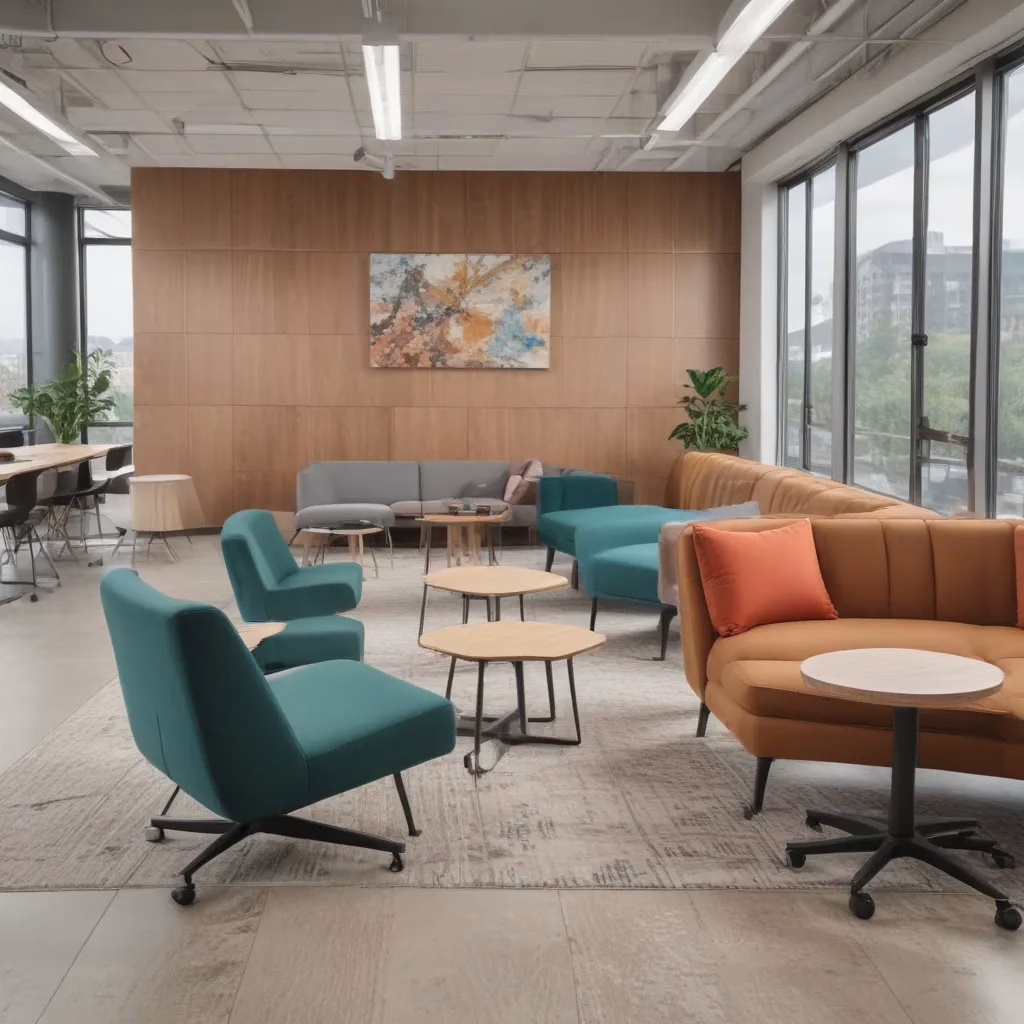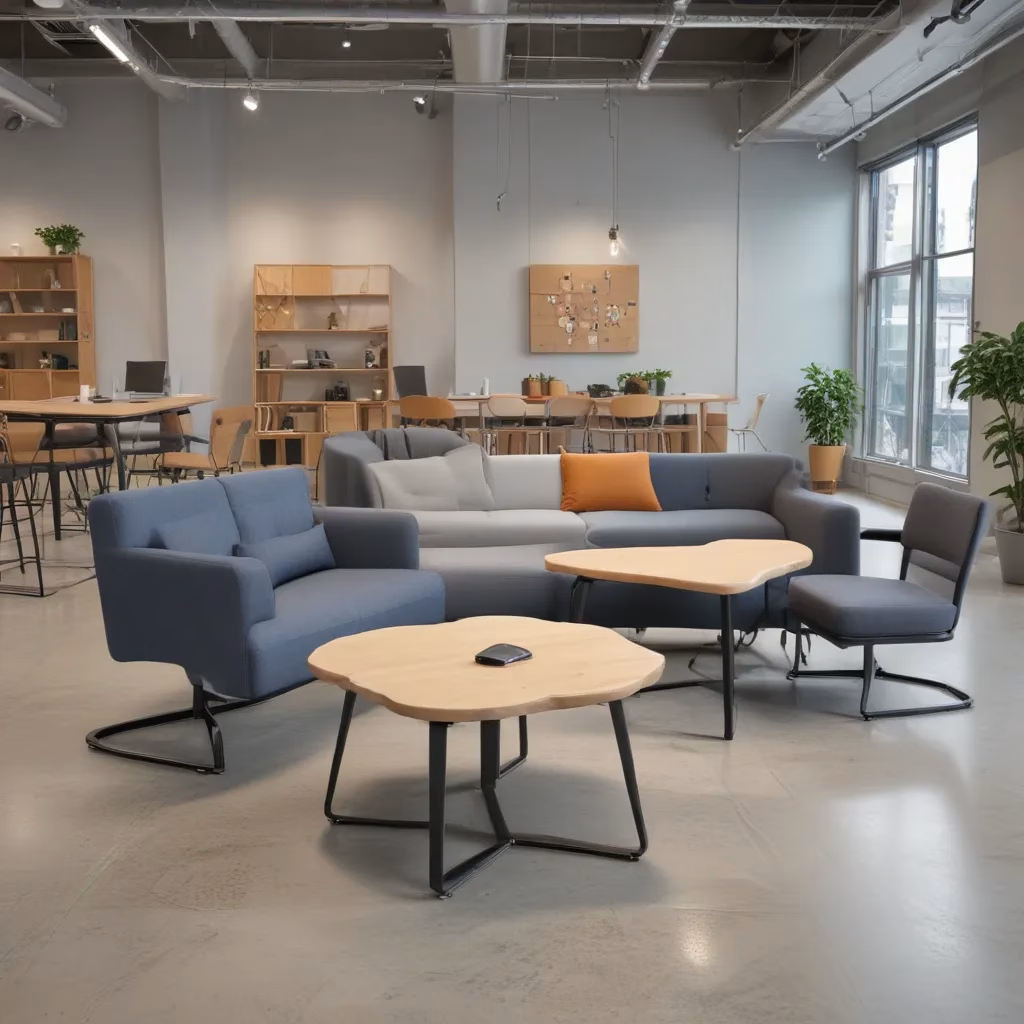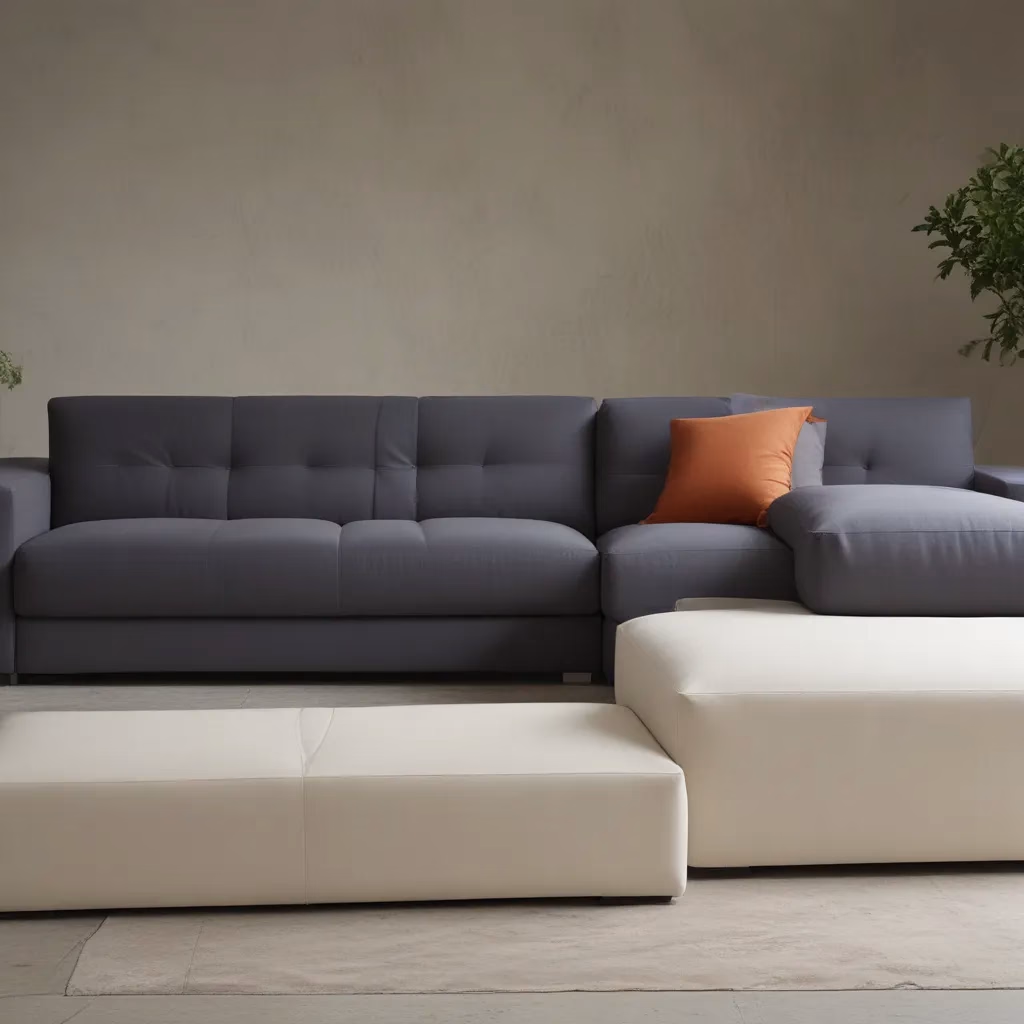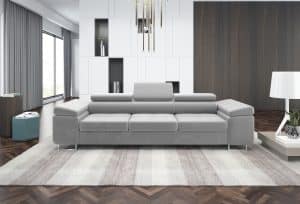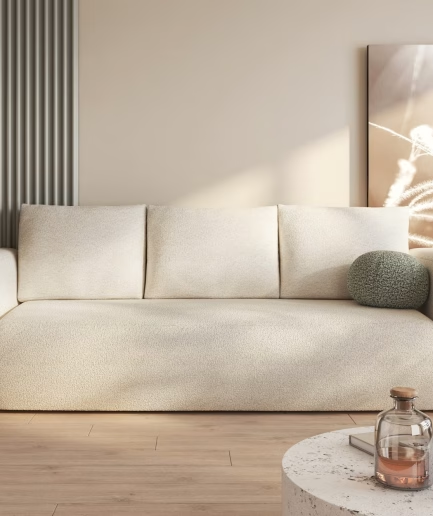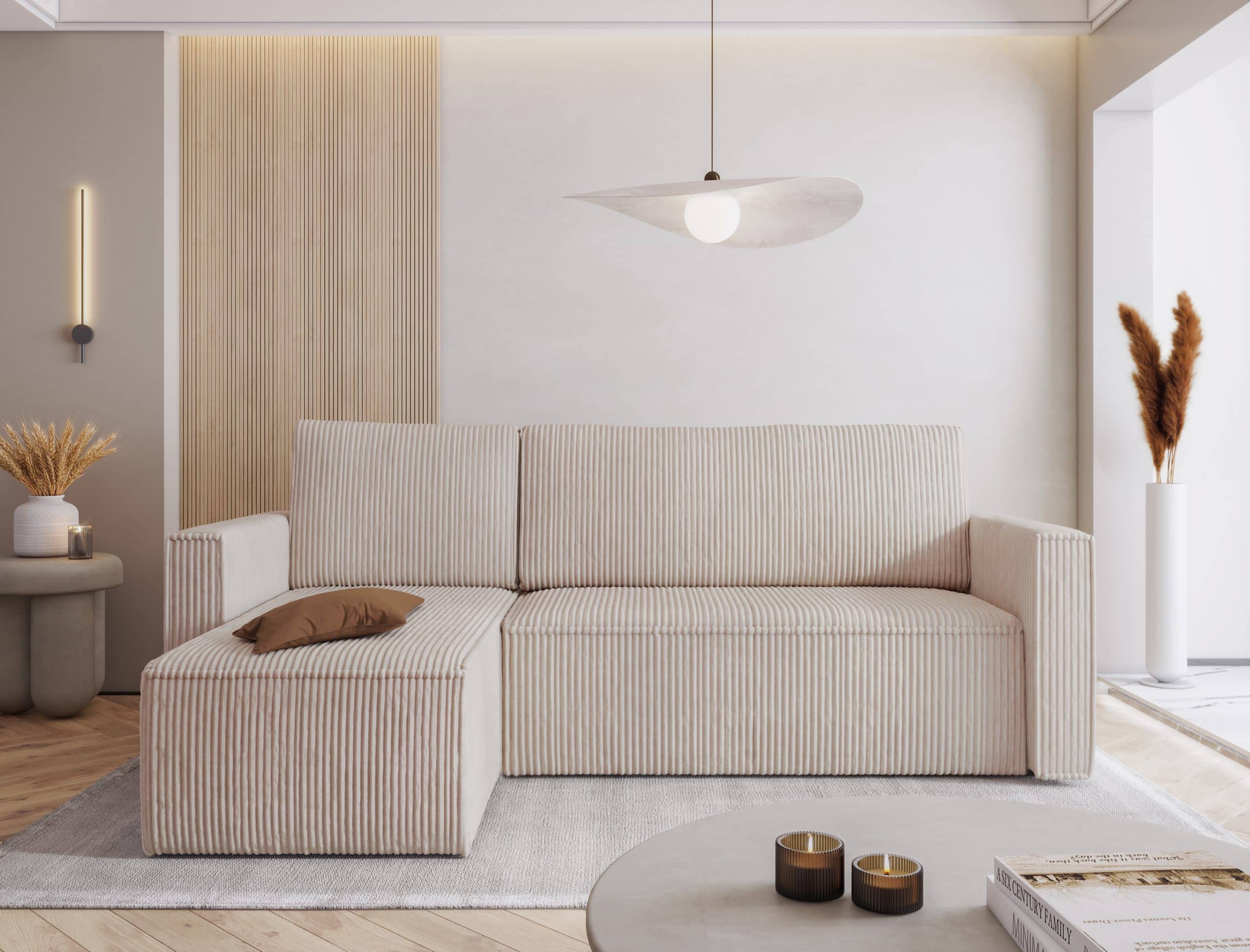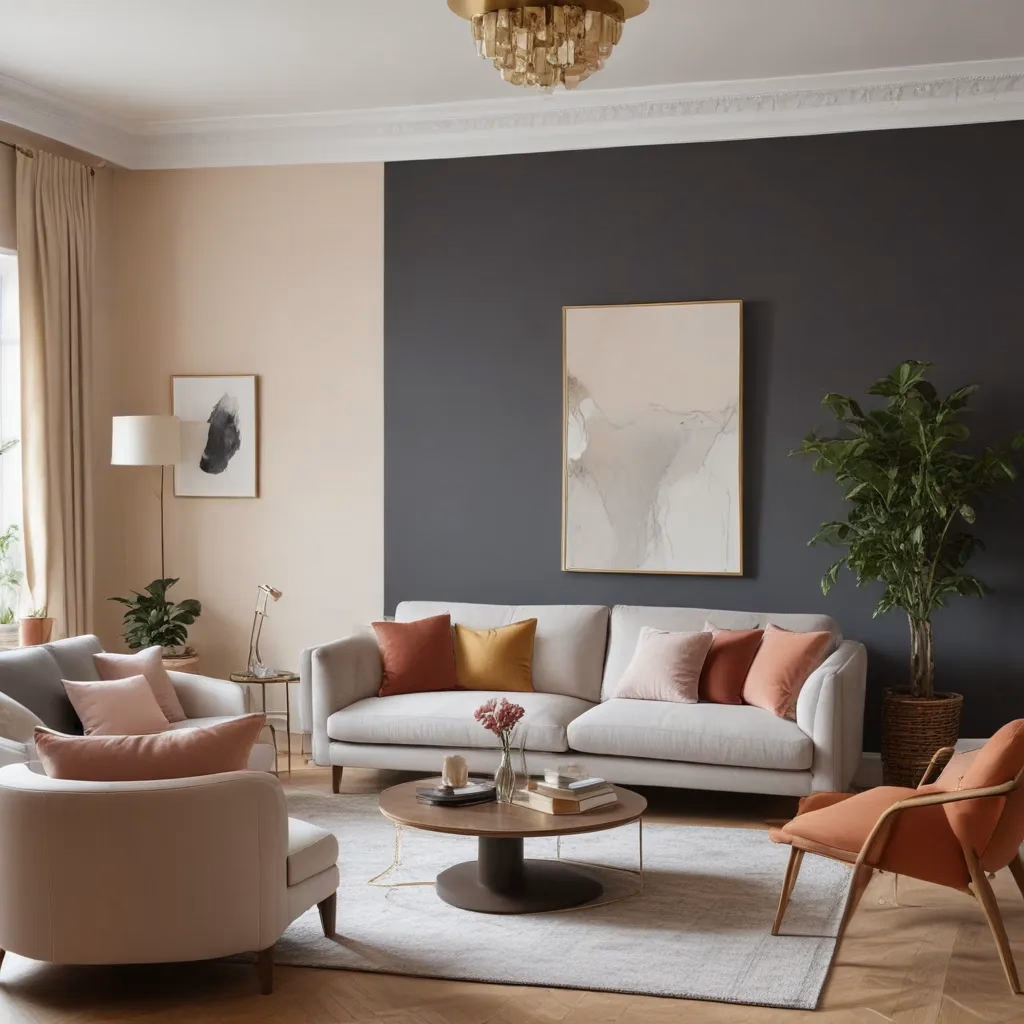
Your living room is the heart of your home—a space that sets the tone for comfort, relaxation, and everyday moments. We learned this the hard way… As an experienced furniture consultant and interior designer, I’m here to share how strategic colour choices can transform the ambiance and functionality of your living room.
The Psychology of Colour in Living Spaces
Colours have a profound impact on our emotions, perceptions, and even productivity. Understanding the psychological effects of different hues is crucial when designing a living room that caters to your unique needs and lifestyle.
Warm colours like red, orange, and yellow are associated with energy, appetite, and passion. These vibrant tones can create a cosy, inviting atmosphere, perfect for social gatherings and lively discussions. In contrast, cool colours such as blue, green, and purple have a calming, soothing effect, promoting relaxation and tranquillity. These hues can help create a serene sanctuary for unwinding after a long day.
Beyond the temperature of colours, their intensity also plays a crucial role. Bright, saturated shades can stimulate the senses and command attention, while muted, softer tones offer a more subtle, sophisticated ambiance. By balancing these elements, you can craft a living room that resonates with your desired mood and purpose.
Selecting the Perfect Palette
When curating the colour palette for your living room, consider the room’s size, lighting, and overall design aesthetic. Light, airy colours can make a space feel more expansive, while darker hues can create a cocooning, intimate atmosphere.
Start by establishing a neutral base, such as soft greys, beiges, or whites. These timeless tones provide a versatile foundation that allows you to introduce bolder accent colours through furnishings, artwork, and accessories. This approach ensures a cohesive look while leaving room for personal expression.
Next, consider the psychological impact of your chosen hues. If you’re seeking a warm, welcoming living room, incorporate rich earth tones like terracotta, mustard yellow, or deep burgundy. These colours can enhance feelings of comfort and coziness. Alternatively, for a serene, spa-like retreat, opt for calming blues, greens, or lavenders that evoke a sense of tranquillity.
Remember, the way colours interact with each other is just as important as the individual hues. Complementary colours—those opposite on the colour wheel, like blue and orange or red and green—create a visually striking contrast that can energize a space. Analogous colours, or those adjacent on the wheel, such as blue, green, and purple, offer a more harmonious, cohesive palette.
Pay attention to the lighting in your living room, as it can significantly affect how colours are perceived. Natural light, incandescent bulbs, and LED fixtures all cast different tones that can enhance or subdue your chosen palette. Experiment with paint samples and fabrics in various lighting conditions to double-check that your selections align with your desired atmosphere.
Layering Colour for Depth and Dimension
Once you’ve established your living room’s primary colour scheme, it’s time to introduce layers of depth and texture. Incorporate a mix of solid, patterned, and textured elements to create visual interest and keep the space from feeling flat or one-dimensional.
Experiment with accent walls, throw pillows, area rugs, and artwork to infuse pops of colour and personality. A bold, vibrant accent wall can instantly transform the focal point of your living room, while plush, patterned throw pillows and soft, textured area rugs add cosy, inviting touches.
Don’t be afraid to play with scale and proportion when layering colours and textures. Juxtapose large, impactful pieces with smaller, more delicate accents to create a harmonious balance. This approach ensures your living room feels thoughtfully curated, not cluttered.
Functionality and Flow
While aesthetics are important, it’s equally crucial to consider the practical aspects of your living room design. Arrange your furniture in a way that promotes conversation, relaxation, and movement throughout the space.
Strategically position your sofa and chairs to create an inviting conversation area, ensuring everyone can engage with one another easily. Incorporate ottomans, side tables, and floor lamps to create cosy, intimate nooks for reading or quiet contemplation.
When selecting a sofa, consider the material and upholstery. Opt for durable, easy-to-clean fabrics that can withstand daily use and occasional spills. Leather and microfiber are popular choices for their longevity and low-maintenance properties.
Remember to consider the flow of the room when arranging your furniture. double-check that there is ample space for people to move around without feeling cramped or obstructed. A well-planned layout not only enhances the functionality of your living room but also contributes to the overall sense of harmony and balance.
Bringing It All Together
Crafting a living room that exudes both style and substance is a delicate balance, but with careful consideration of colour, texture, and functionality, you can create a space that truly reflects your personal aesthetic and lifestyle.
Start by defining your desired mood and purpose for the living room, then explore colour palettes that evoke those feelings. Experiment with layering hues, textures, and patterns to add depth and visual interest. Finally, arrange your furniture in a way that promotes comfort, conversation, and flow.
By harnessing the power of colour, you can transform your living room into a welcoming, functional, and visually stunning oasis that you and your loved ones will enjoy for years to come. For more inspiration and expert guidance, visit SofaSpectacular.co.uk to explore our curated collection of high-quality sofas, home decor, and comfort solutions.
Tip: Rotate cushions regularly to maintain even wear

